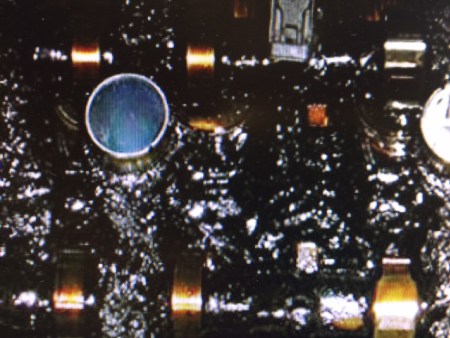Do Coolant Additives Work? And if so how and why? John Baker|Feb 05, 2025 10:39 AM Store shelves contain several coolant additives that promise to reduce engine heat, control overheating and fight corrosion. Now available at Stan Houston’s on W. 12th ST! Do coolant additives work? And, if so, are they necessary? It’s tough to top good […]
You are browsing archives for
Tag: antifreeze
Why is there this hard to Flush Slime in...
Why is there Sludge or Slime in my Radiator? John Baker|Aug 24, 2018 9:28 AM Cooling-system issues account for nearly 40 percent of engine failures. Clearly, it pays to take care of your vehicle’s cooling system. Sludge/slime are one of the common symptoms of larger problems. Left unchecked, it’ll plug the radiator, heater core or […]
Prepare Your Vehicle for Winter
Prepare Your Vehicle for Winter Chris Sharon|Dec 18, 2017 9:19 AM Originally posted Nov. 11, 2016 With the worst of winter right around the corner, now is a good time to get your vehicle prepared for the worst. Being based in northern Wisconsin, we at AMSOIL talk a lot about how synthetic lubricants make life a little […]
How Engine Sludge Forms. And How To Prev...
How Engine Sludge Forms. And How To Prevent It. Ed Newman|Mar 08, 2017 2:10 PM Sludge. It’s a disgusting phenomenon. Even the word sounds gross, like the thing it’s describing. The word for this is onomatopoeia, a strange word that many of us learned in high school English class. Splash. Grunt. Whoosh. Swish. Hiss. Frumpy. […]



